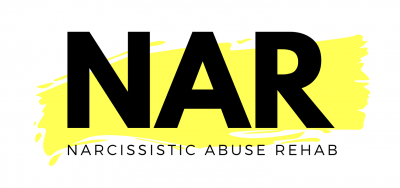The British government has announced that it will give legal status to children born from rape and recognize them as crime victims.
Reproductive Coercion
50% of women between the age 18-44 have been targeted for reproductive coercion according to a poll by BBC News.
REPRODUCTIVE COERCION is a kind of abuse in which one person or group controls another person’s right to reproductive freedom and self-determination. Perpetrators of reproductive coercion use manipulation tactics, from psycho-emotional abuse and rape to restricting access to healthcare. Perpetrators may oscillate between covert and overt expressions of coercive control. They may also use intermittent reinforcement. For this reason, some…



